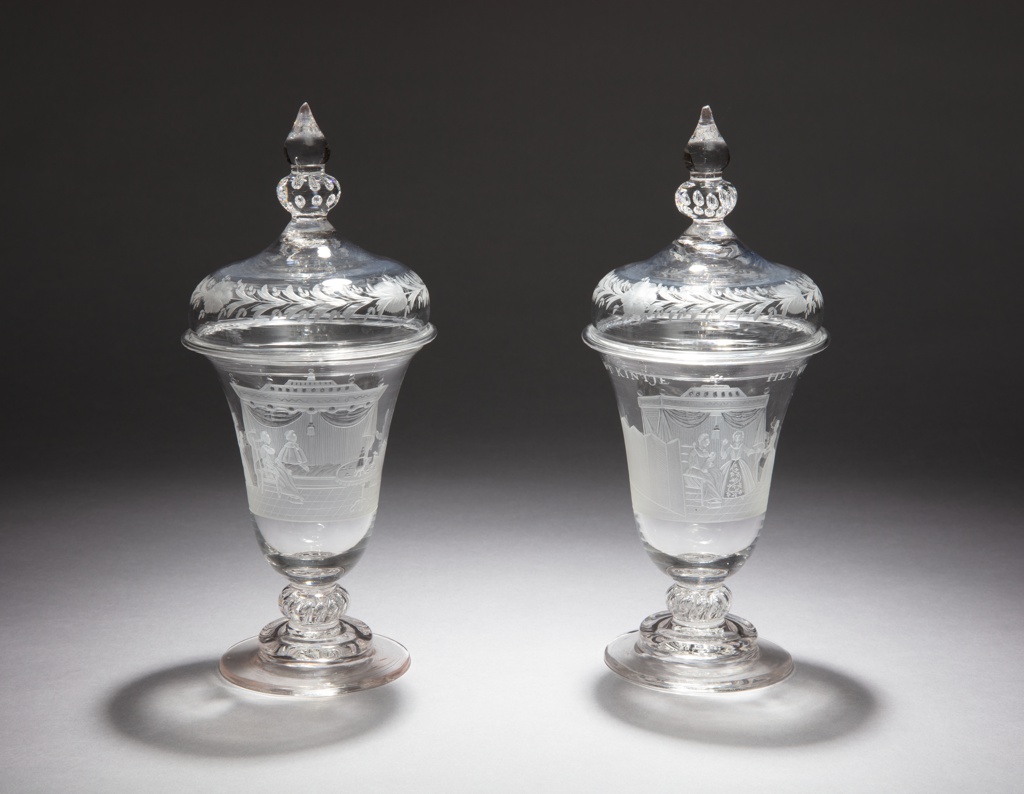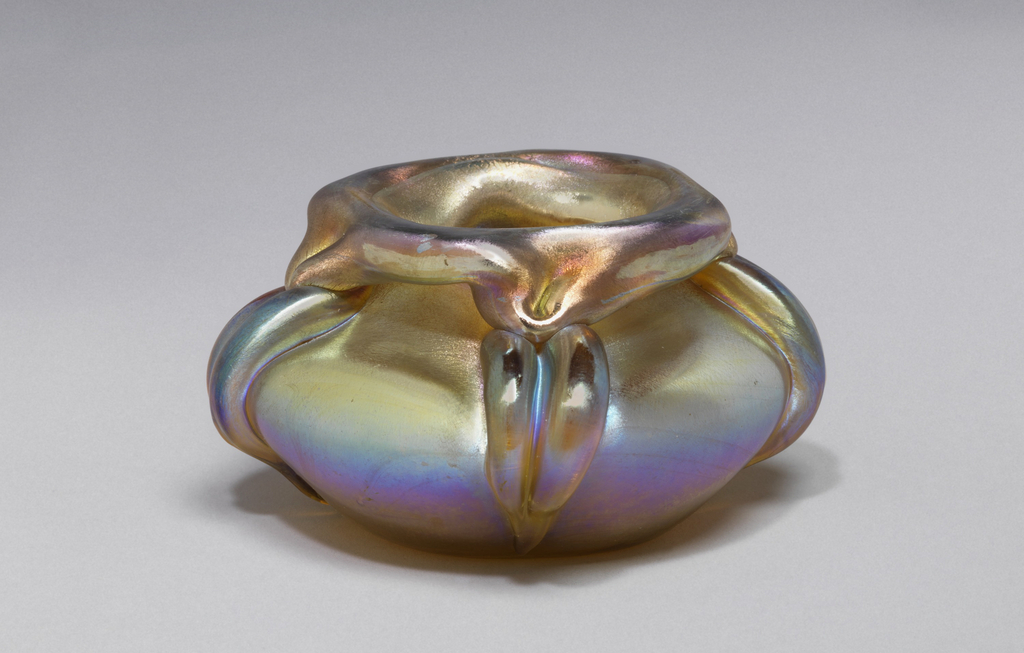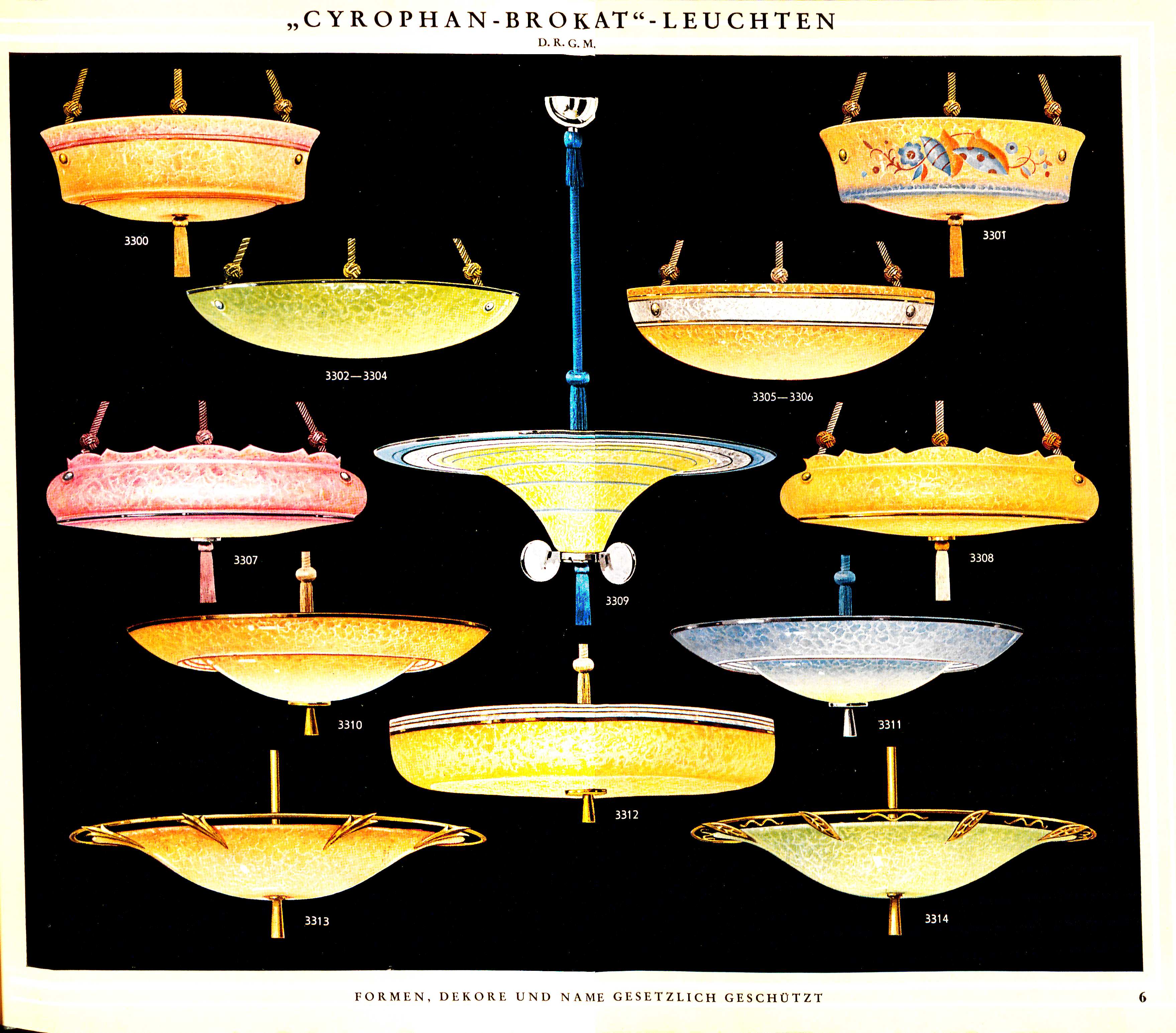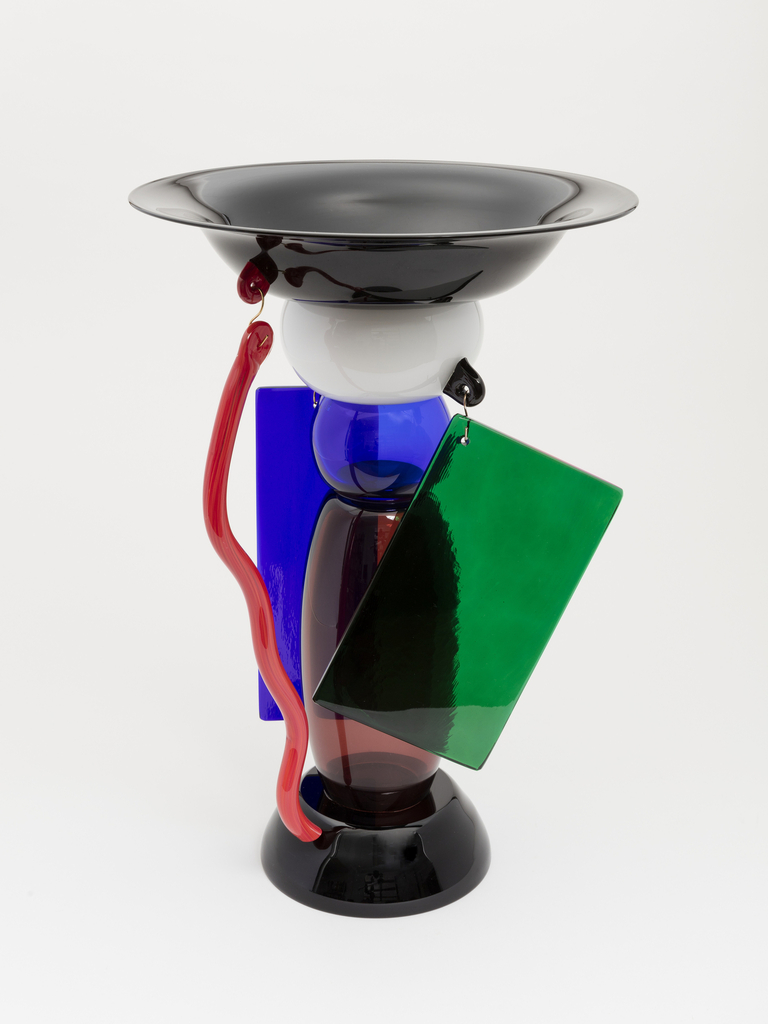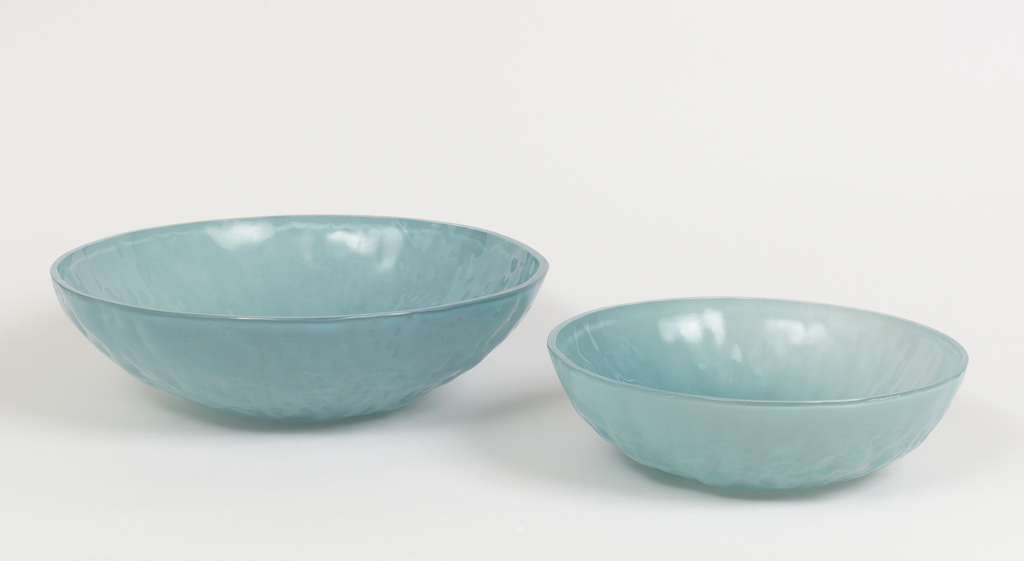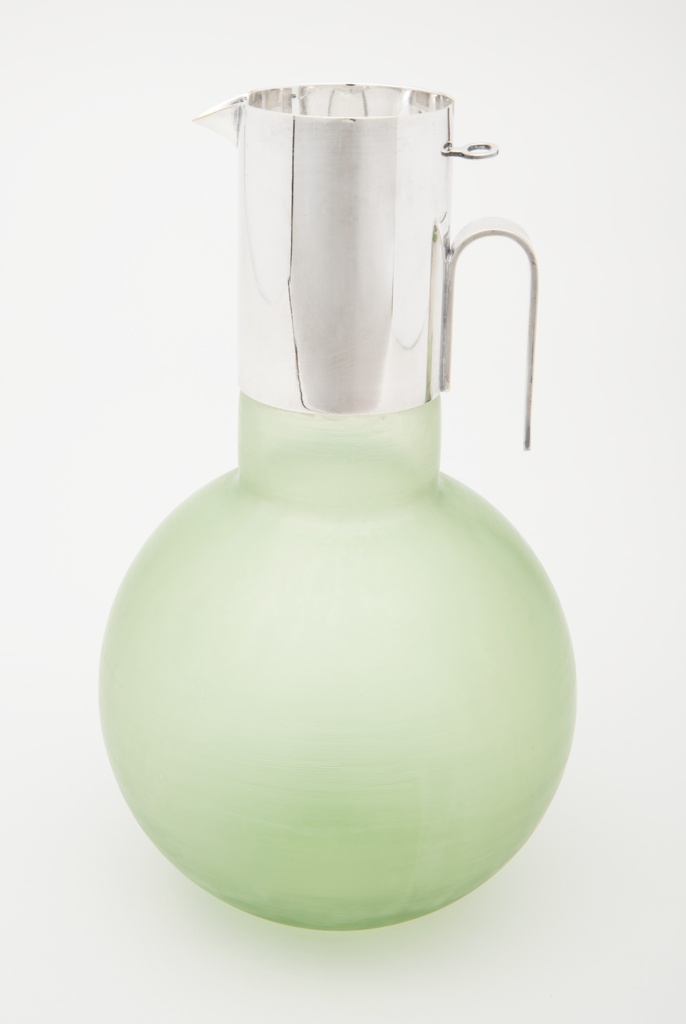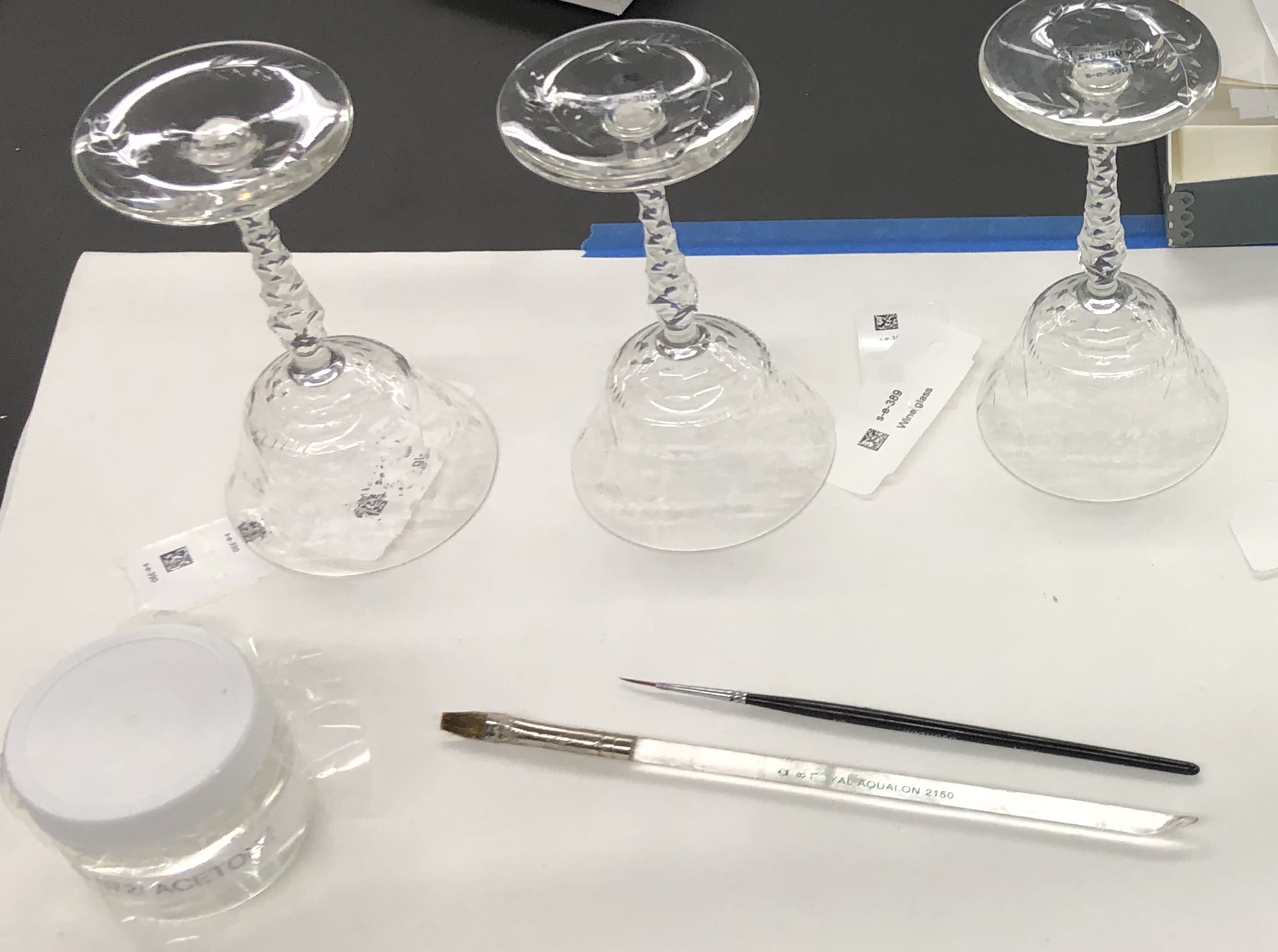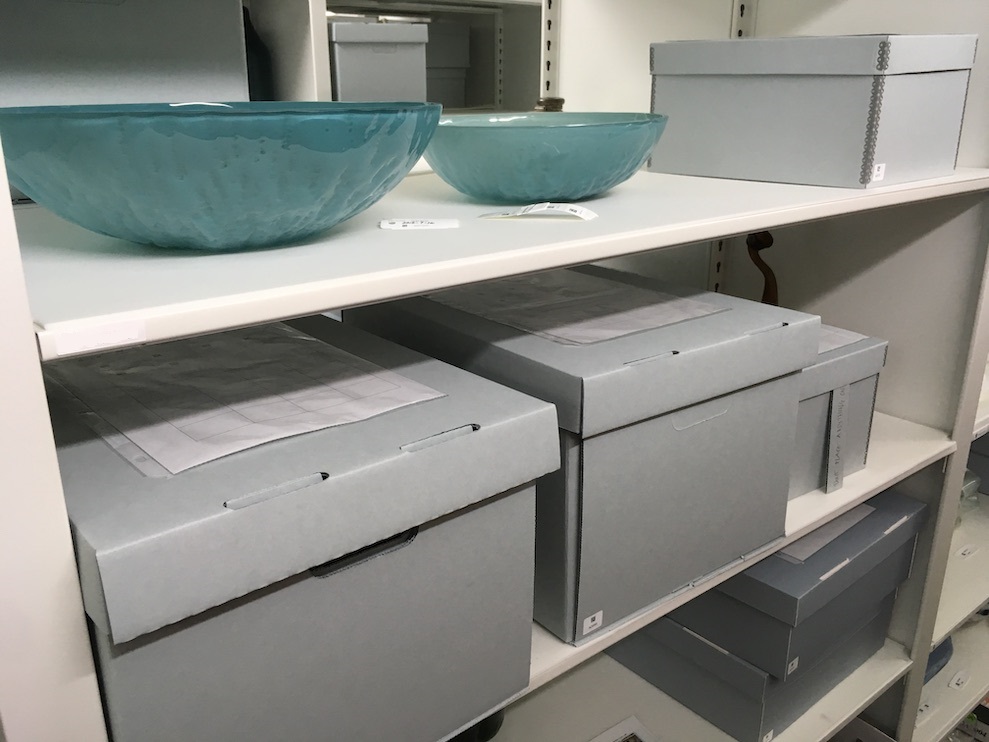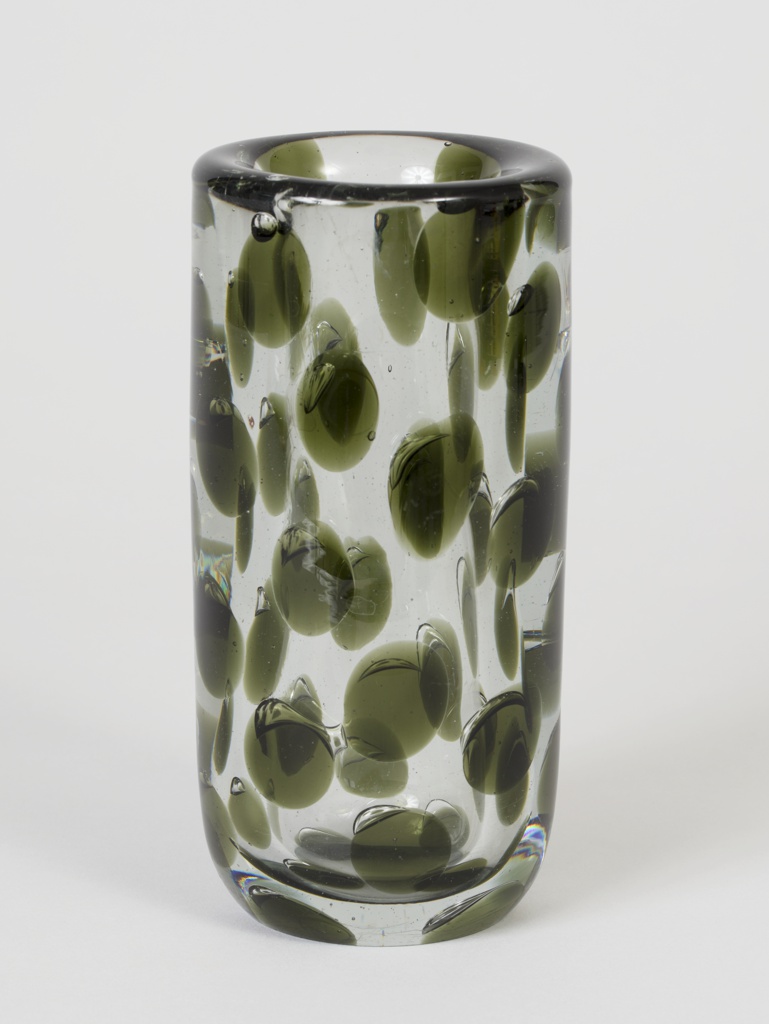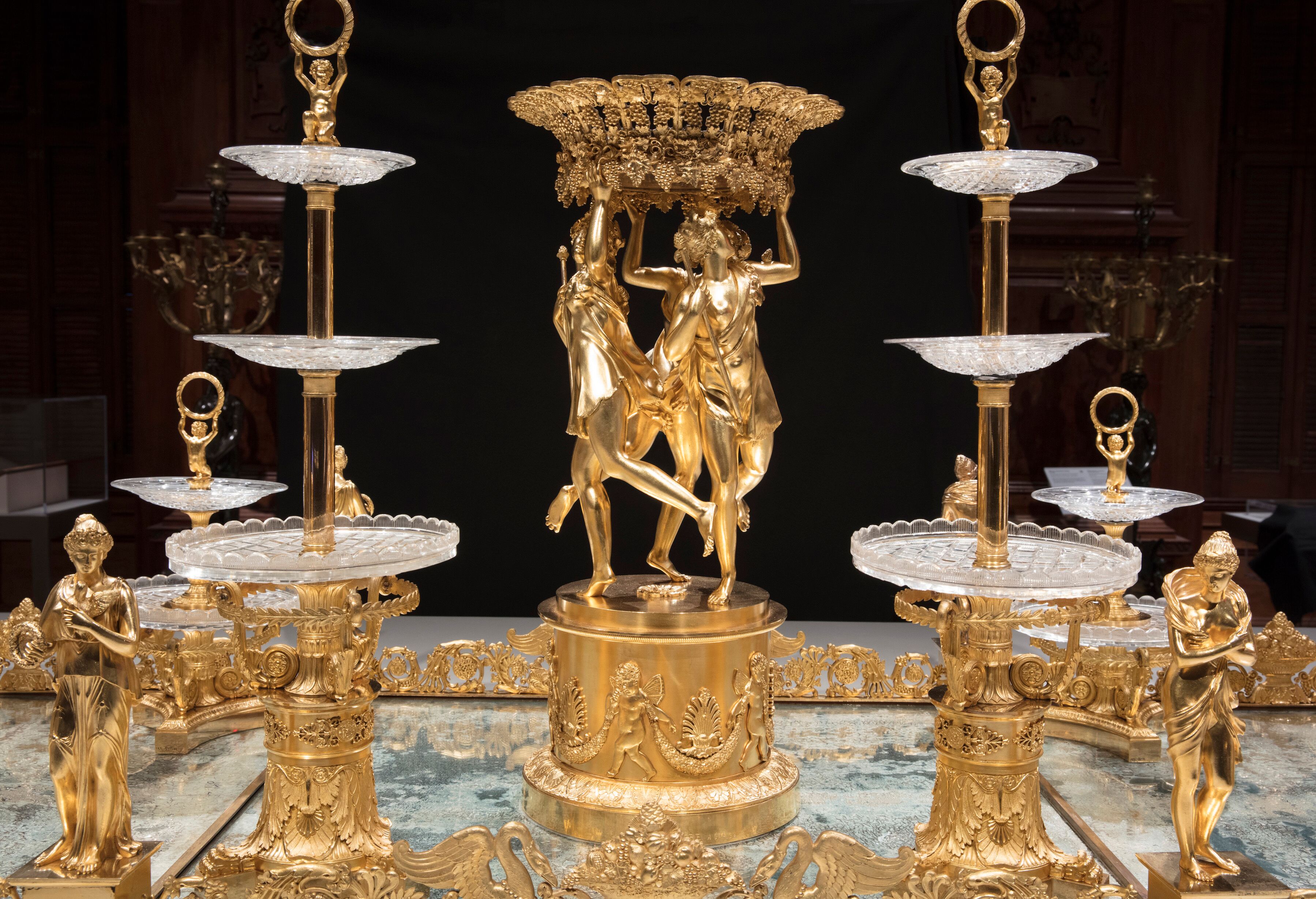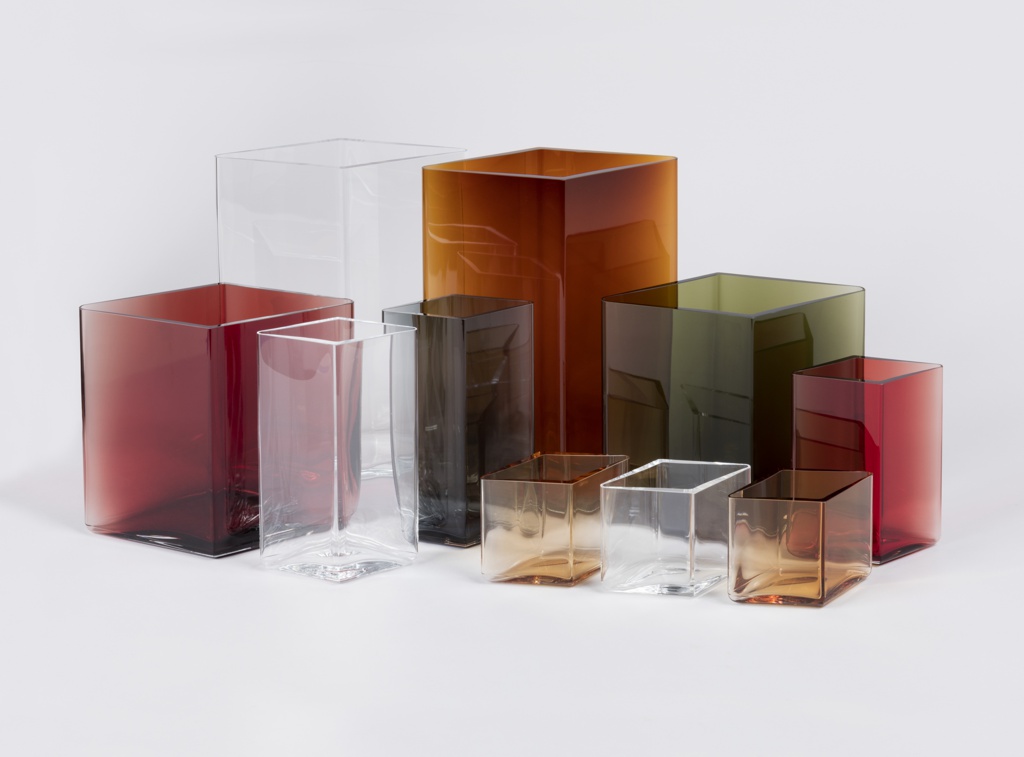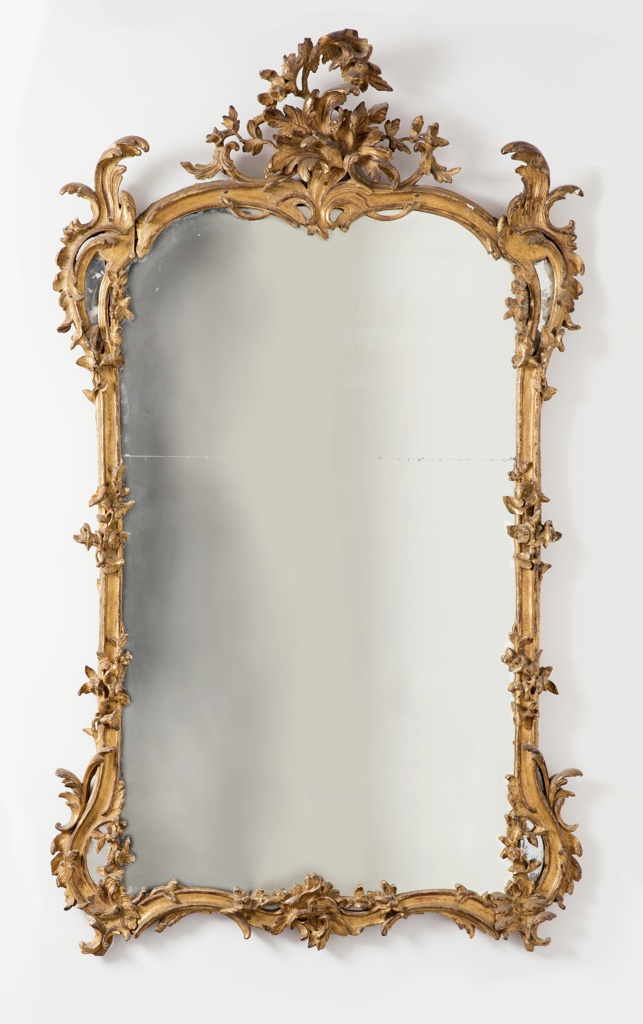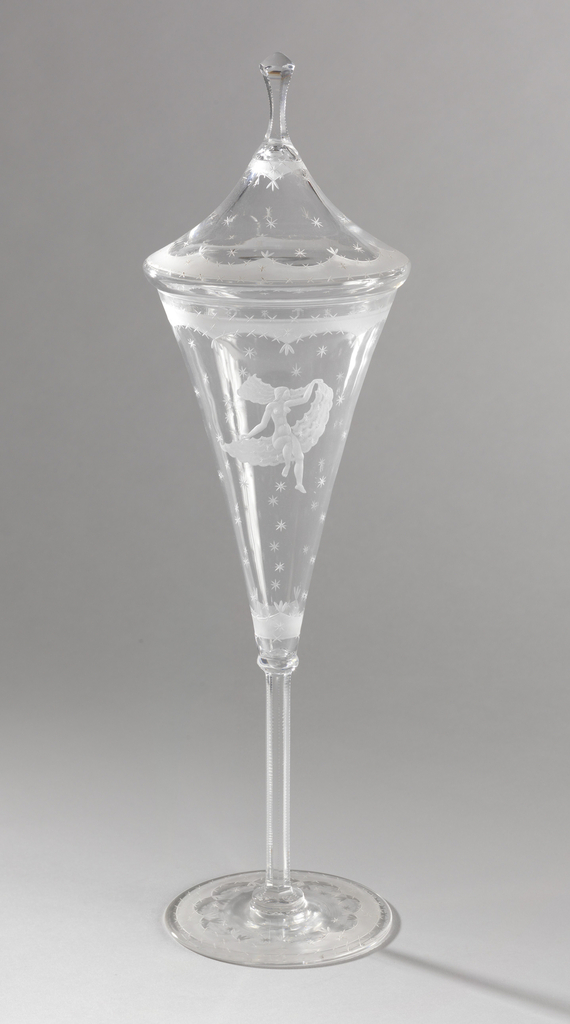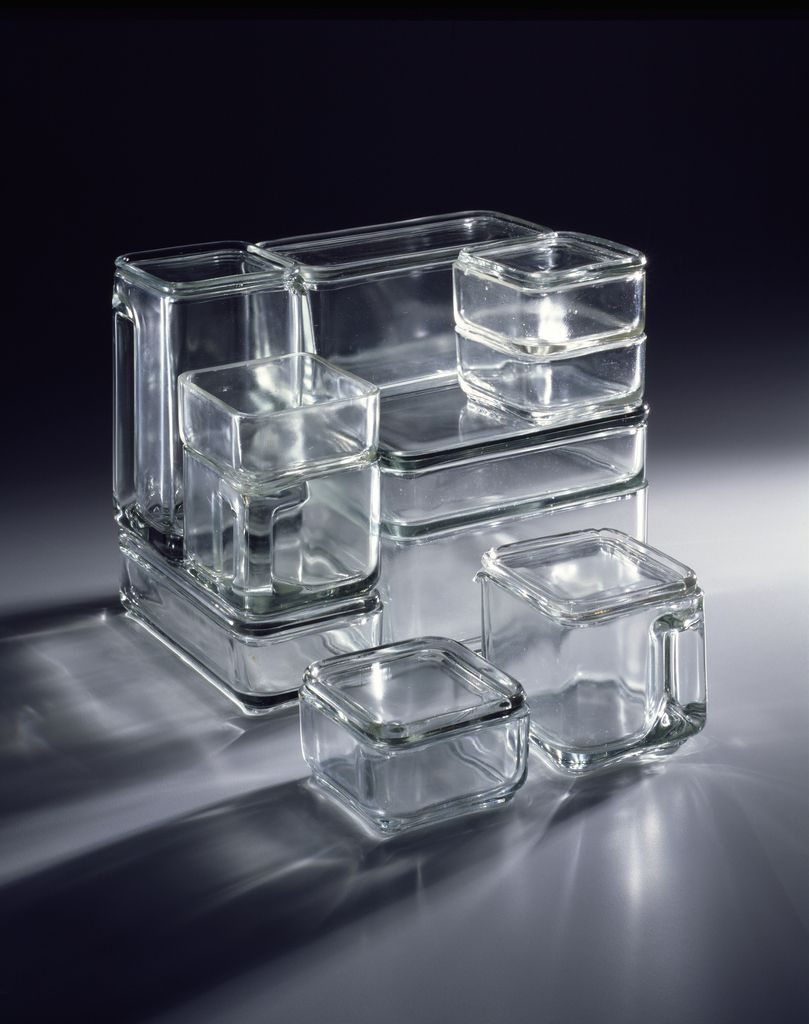Written by Jasmine Keegan The United Nations has designated 2022 the International Year of Glass. Cooper Hewitt is celebrating the occasion with a yearlong series of posts focused on the medium of glass and museum conservation. Dutch glass artisans reached high levels of skill in ornamentation during the 18th century, as demonstrated in these beautifully decorated...
Start the 2022 Year of Glass with a modern glassmaker inspired by ancient Roman models.
A version of this post was originally published on June 2, 2016. Two rare Art Deco period catalogues in the collection of the Cooper Hewitt Design Library include illustrations with accompanying specifications and prices for more than 100 glass lighting fixtures manufactured in about 1930, by Meissner Glasraffinerie of Dresden, Germany. The factory was located...
The bubble-like contours and dangling pieces of glass of this bowl are cartoonish and playful. The Efira Bowl was designed by Ettore Sottsass in 1986 for the important collective, Memphis, which he had founded five years earlier.[1] The bowl is a wonderful example of the objects produced by Memphis, which have been held up as...
Innovative designer, Emilio Godoy, first came to the museum’s attention for his concerns about environmental sustainability, materials, and efficiency in production. His Pablo and Pedro glass project emerged from “the analysis of the energy used in glass manufacturing, in particular, the energy and resources needed for the fabrication of metal molds” used to form glass...
To celebrate the opening of Nature by Design: Botanical Expressions (December 7, 2019-January 10, 2021), Object of the Day this week will feature objects from the exhibition. Growing up in Nancy, France, in the 1850s, Emile Gallé liked going to the city’s botanical gardens and walking the surrounding countryside of Lorraine. His interest in nature...
Designer Massimo Vignelli was known for the sense of sophistication and refinement he brought to the product, graphic, and furniture design that he produced first in Italy, and later in the U.S. working with his wife Lella, also a designer. While a student at the School of Architecture in Venice, Vignelli learned about glass from architect and glass...
This post was written by guest authors Martha Singer, Mette Carlsen, Jakki Godfrey, and Kerith Koss Schrager, a team of contract conservators who carried out Cooper Hewitt’s recent glass rehousing project. Today we’re taking a behind-the-scenes look at the nitty-gritty of object numbering in the museum. Object numbers aid in tracking storage locations and other...
This post was written by guest authors Martha Singer, Mette Carlsen, Jakki Godfrey, and Kerith Koss Schrager, a team of contract conservators who carried out Cooper Hewitt’s recent glass rehousing project. The Product Design and Decorative Arts department at Cooper Hewitt contains over 40,000 objects in all, and has a long history of collecting glass...
Saara Hopea (later Saara Hopea-Untracht) began her career as a furniture and lamp designer, but started designing glassware in about 1952, at a time when Finnish design was gaining prominence on the world stage for its strong attention to materials and sense of organic form in a modern idiom. Kaj Frank, Hopea’s former teacher at...
Written by Sarah Barack, Head of Conservation, Senior Objects Conservator Thanks to a generous gift from the Smithsonian Women’s Committee, Cooper Hewitt’s spectacular surtout de table centerpiece was the focus of a recent technical study and conservation treatment by the museum’s conservation department. In this series of posts, conservators will be sharing the results of...
Ruutu, Finnish for diamond or square, is the theme that is carried across the five sizes and seven hues of these modular glass vases. The vessels, created by French designers (and brothers), Ronan and Erwan Bouroullec for the Finnish glass firm, Iittala, share a minimal, rectilinear style. Like other works by the Bouroullecs, the Ruutu...
Mirrors, a commonplace fixture in the modern world, were not always the familiar accessory that they are today. Although some form of mirror has existed since ancient times, mirrors such as this 18th-century example used early industrial processes to create the fragile, metal-coated glass panes placed within a decorative frame. During the 18th century glass-making...
This tall glass covered vessel was designed in 1923, by Edward Hald, artistic director of the Orrefors glassworks in Sweden. It features engraved decoration of a female figure seated on a fluttering banner, amid a field of stars bordered by scalloped bands. The delicate star and band motifs are carried through in the vessel’s tapered cover...
Author: Zenia Malmer The ‘Kubus’ clear glass stacking and modular storage system was created in 1938 by German designer Wilhelm Wagenfeld (1900-90), who frequented the Bauhaus school in the former Weimar Republic. Kubus, which was manufactured by Lausitzer Glasverein, was one of Wagenfeld’s most well-known affordable designs in pressed glass that he created for commercial...
